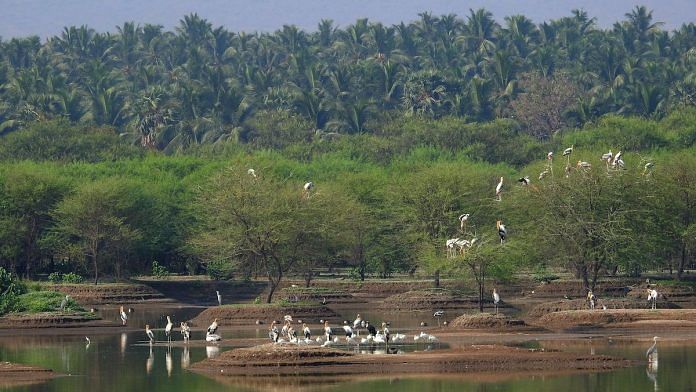A 13th century stone edict, found inside the Perur Patteeswarar temple near Tamil Nadu’s Coimbatore, describes the creation of a nearby lake and lays down rules for a water-sharing arrangement between upstream and downstream regions along the Noyyal river. Starting as early as 8th century, the Chola kings and farmers in the region masterfully developed an interconnected system of Anaicuts (check dams), canals and natural and manmade lakes to ensure that the river water was managed efficiently. The system mimicked the natural rhythms of the seasonal river flows and was built keeping in mind the contours of the land. Unfortunately, this traditional nature-based solution fell into disuse as the region rapidly urbanised and water management of the area changed hands.
Across India, there are similar traditional water management systems that provide invaluable ecosystem services to us. The East Kolkata Wetland complex, spread over 12,500 hectares, treats almost all of Kolkata city’s sewage and supports livelihood for 20,000 families through agriculture and fisheries. Water diversion from Ajan bund in Rajasthan, created in the 17thcentury by Maharaja Suraj Mal into a natural depression in the land, is today the famous UNESCO world heritage site of Keoladeo (Bharatpur) national park. The Yeri (earthen bund) system of agricultural water management, seen across Tamil Nadu, Karnataka and Andhra Pradesh, has been enabling cultivation in dry plains for at least a millennium.
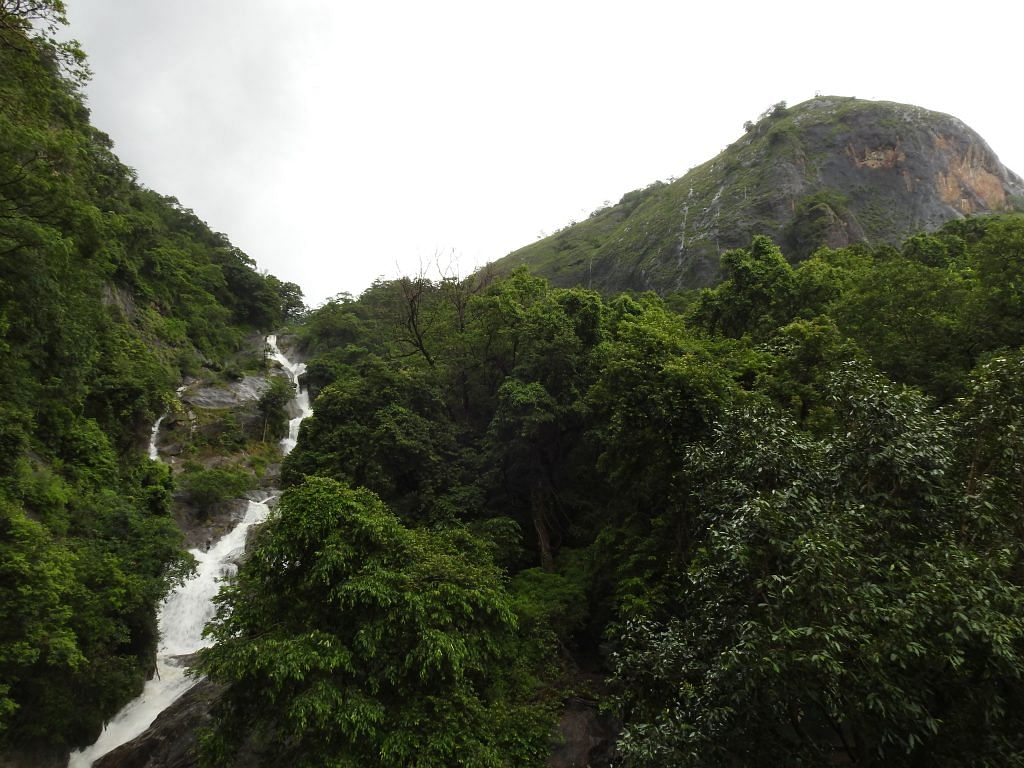
These nature-based solutions designed and built by our ancestors are under unprecedented threat today. As our focus shifts to heavy infrastructure like dams, barrages and river interlinking, such traditional, low cost and environmentally friendly solutions seem to be falling out of favour.
India is already in the middle of a massive water crisis – groundwater is not only running out, but the existing water bodies are also losing the capability to revive themselves.
These older systems suffer from negligence, encroachment and poor maintenance. Increased urbanisation and agricultural intensification are piling tremendous pressure on the services they provide.
Also read: How Chennai, one of the world’s wettest big cities, ran out of water
A people’s project
Noyyal and its lake system, though still in use, is overwhelmed by the urban, agricultural and industrial pollution it receives. Studies suggest that the Total Dissolved Solids (TDS) in some of these lakes are as high as 8,000 ppm, far exceeding the World Health Organization (WHO) drinking water guideline of <1,000 ppm. Encroachments for public and private use, solid waste dumping and, in some cases, reduced water flows and connectivity of canals and lakes are slowly eroding the ability of the system to self-cleanse and revive.
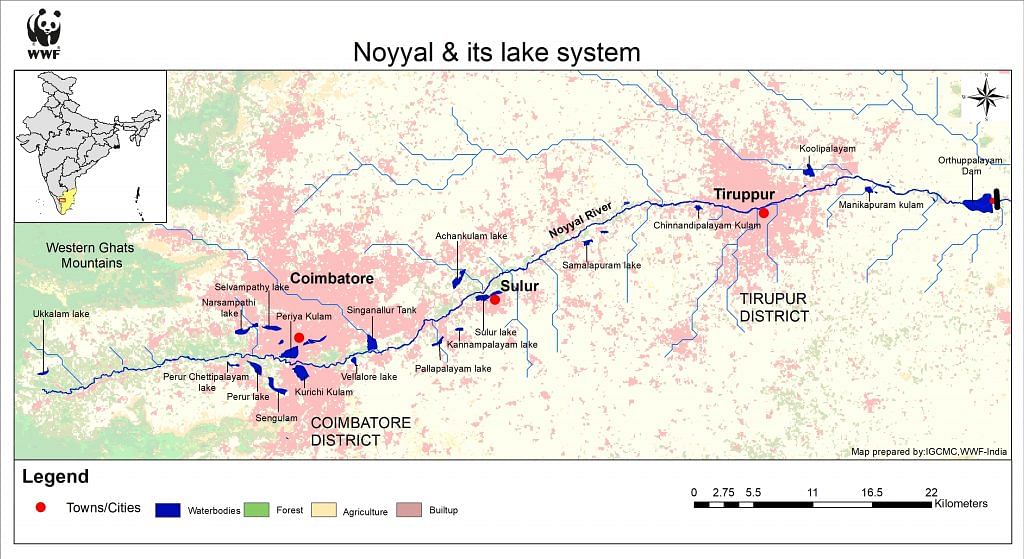
Despite this, the Noyyal system still continues to provide essential ecosystem services to the region. There are currently 32 system lakes on the Noyyal river, essential for flood management, groundwater recharge, water treatment, fisheries and irrigation. It is estimated that the Noyyal and its lake system irrigates an area of around 3,550 km2 and supports a wide variety of crops, including commercially important paddy, banana and coconut. The system is also crucial for domestic and industrial water supply to the cities of Coimbatore and Tiruppur, which account for about 16 per cent of Tamil Nadu’s Gross State Domestic Product (GSDP). Every season, the lakes are flocked by tens of thousands of migratory wetland birds, with more than 150 recorded species. Incredibly, these birds roost and nest peacefully in the middle of highly urbanised localities around Coimbatore and Tiruppur cities.
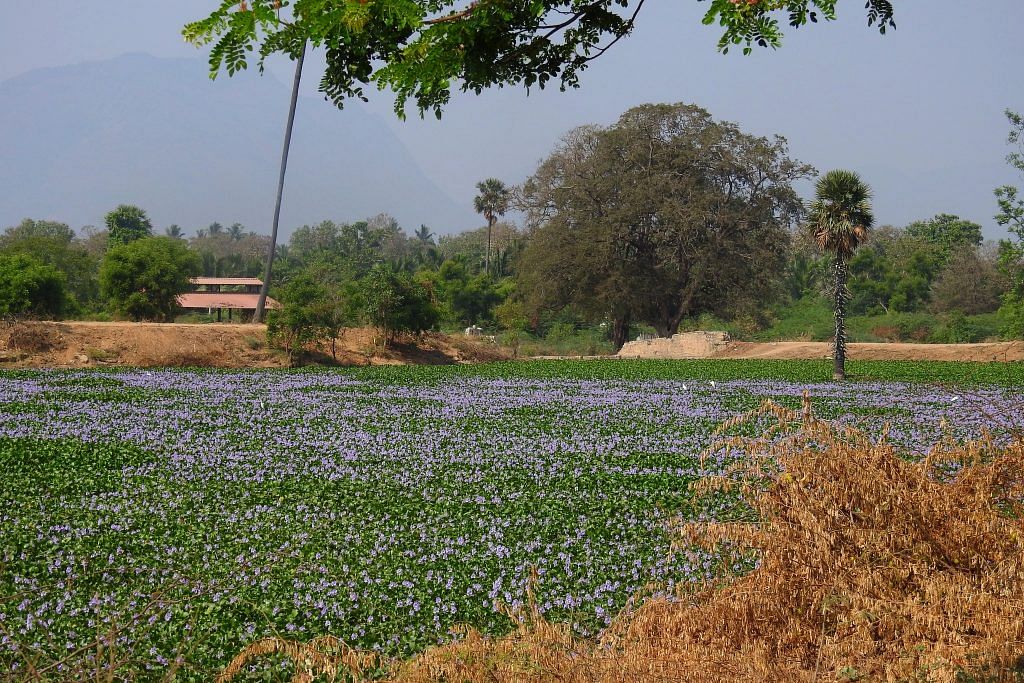
The major reason for such scenes is the diverse set of self-organised actions by local communities, farmers, fishers, NGOs like Siruthuli, CUBE, Kovai Kulangal and Vanathukul Tirupur for the past decade. Efforts that started with regular de-siltation of canals and bund repairs have blossomed into initiatives involving citizens’ science, regular biodiversity surveys, clean-up campaigns, plantations and decentralised sewage treatment. Around many of the larger lakes, collective actions are emerging, and the stakeholders are coming together to form alliances and volunteer groups. These efforts are also being slowly recognised and aided by policymakers. Municipal corporations, public works department, forest department and fisheries department have started their initiatives to revive the Noyyal and its lakes. These efforts have led to better protection of the lakes and significant increase in groundwater levels around the catchments.
Last year, the Tamil Nadu government announced a Rs 230 crore project for the revival of Noyyal river system. While, the project is an opportunity to envision a healthy Noyyal and lake system, unless nature is kept at the heart of this revival, there is a fear that it might lead to the concretisation of the river banks and lakes, impeding their ecosystem functions. The policymakers also need to ensure local stakeholders’ participation during the design and implementation of such projects, so that there is local support for the proposed solutions.
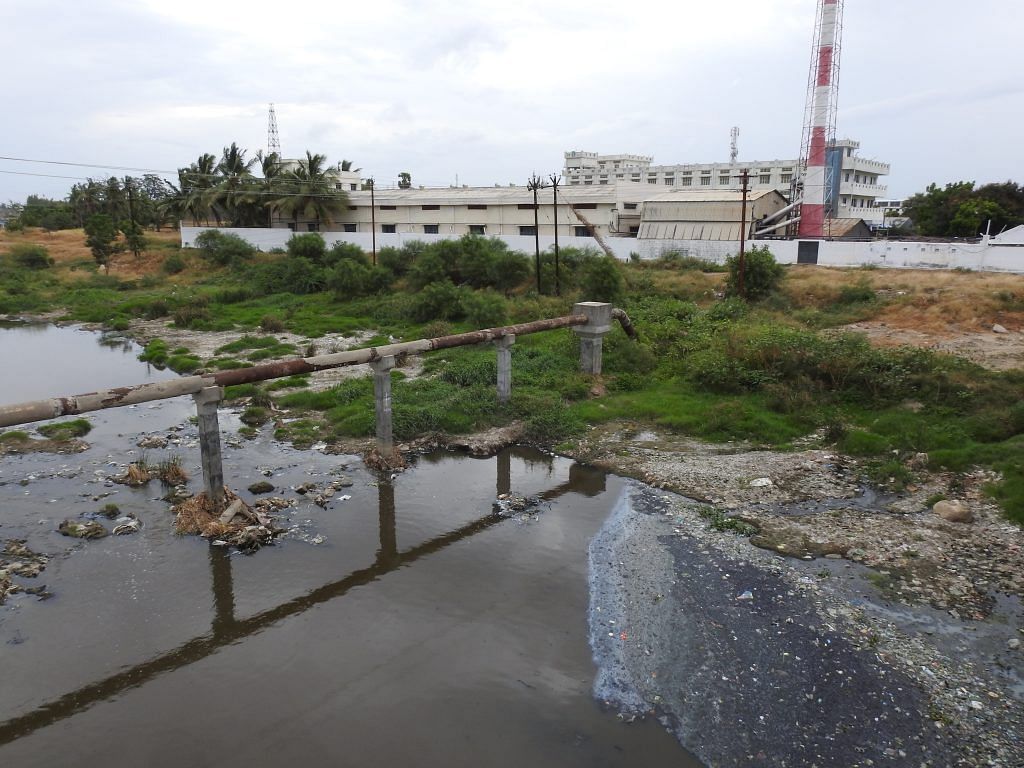
Also read: Himalayan bears sleeping less and Sarus cranes not nesting in monsoon only. That’s bad news
Nature-based solutions
As the example of a millennia-old Noyyal river system demonstrates, nature-based solutions can indeed solve our water management problems at scale and much cheaper cost. Nature-based solutions should be placed at the core of our water management and climate adaptation programmes. Drawing upon centuries of experience, the revival of the traditional water harvesting systems in India is possible.
We need the governments, businesses and communities to come together to recognise and revive these systems. Our experience shows that this often starts with a people’s movement. As you switch off your lights to raise awareness about climate change, this Earth Hour also speak up for your heritage and speak up for nature-based solutions that have served us well for time immemorial.
Sanket Bhale is the Team Leader for WWF India’s Noyyal-Bhavani river basin conservation program. Views are personal.



